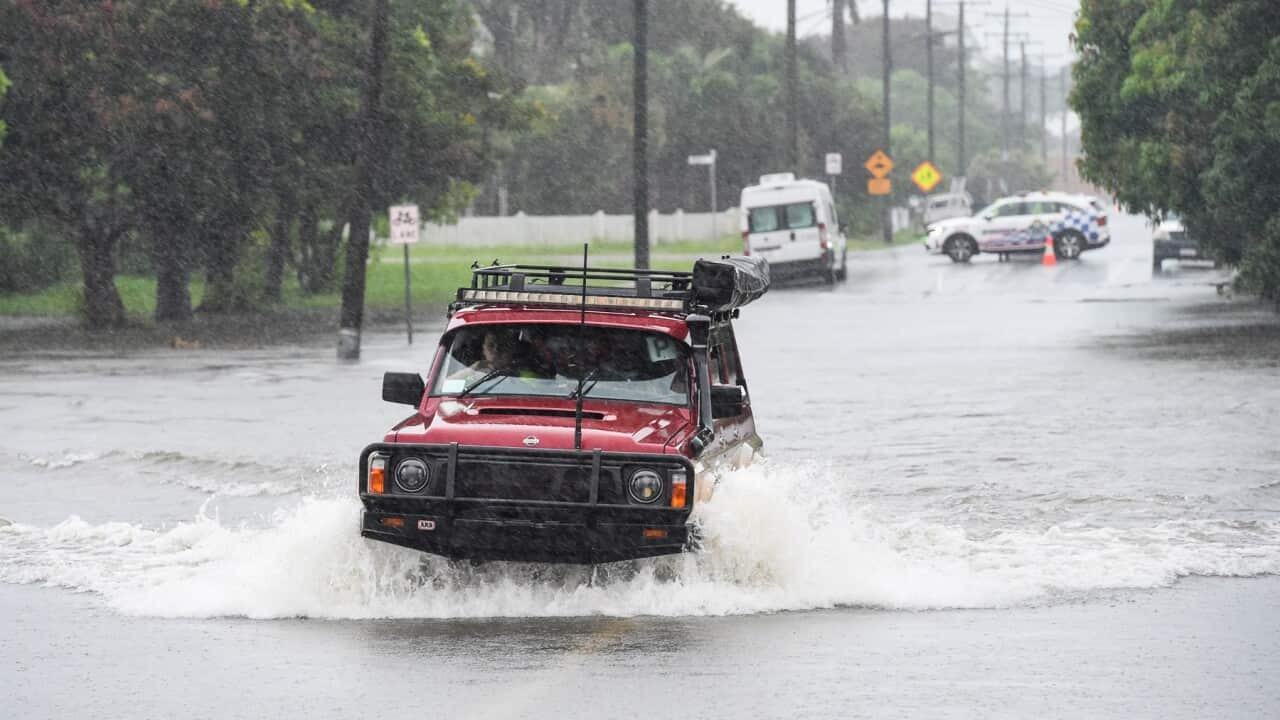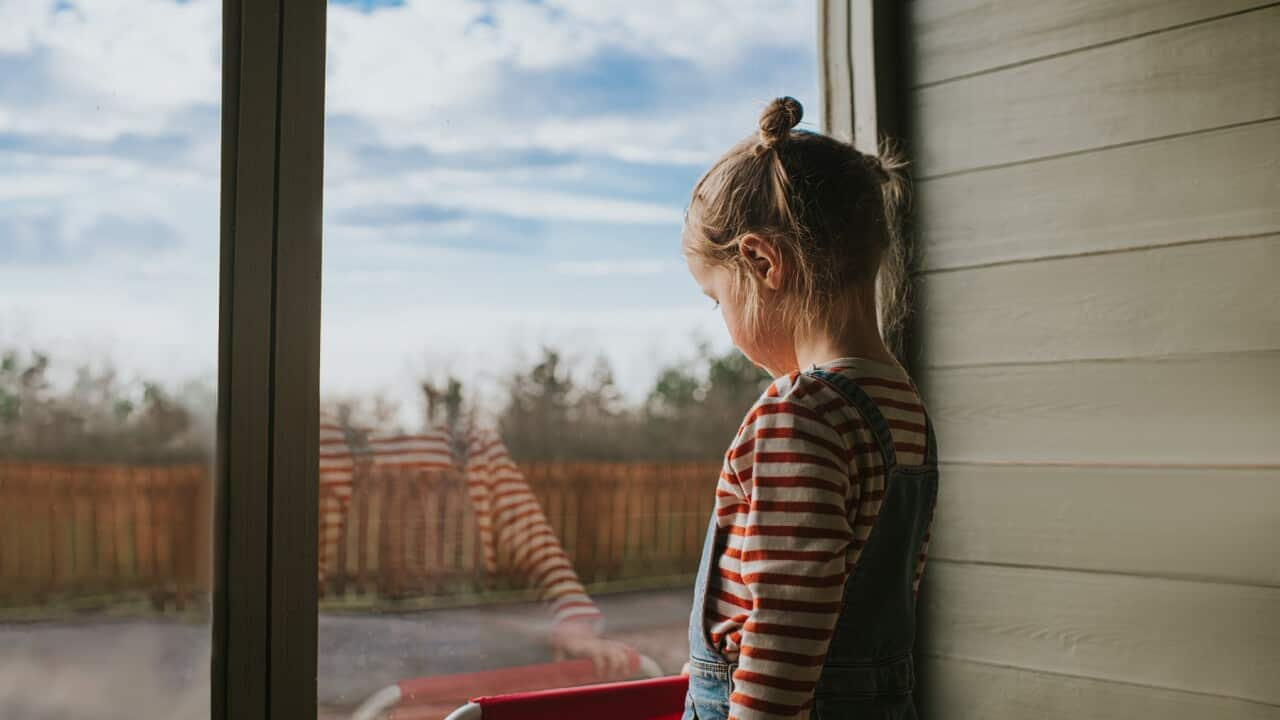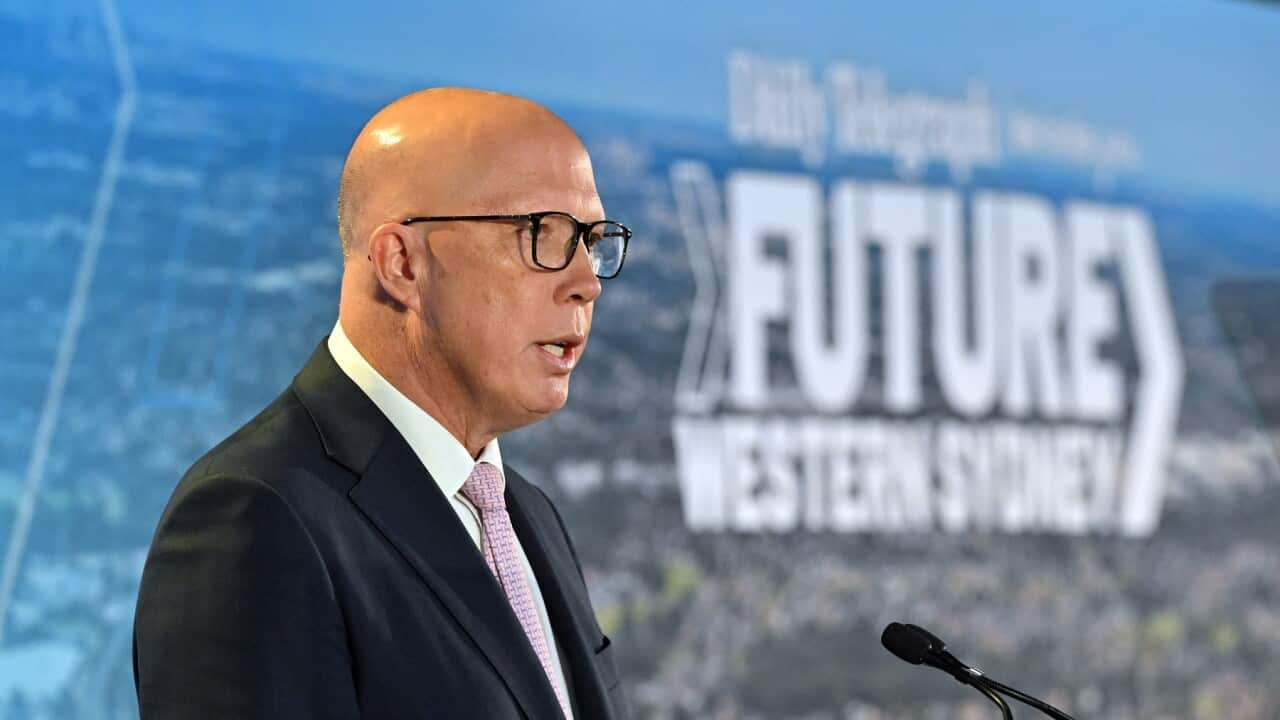TRANSCRIPT
Falling or tripping at work has long been recognised as one of the leading causes of serious workplace injury.
Most of the research has focused on male employees, who are more likely to work in industries recognised for their dangers, like construction, telecommunications and mechanical engineering.
But a new study suggests there's work to do to understand the risks falls present to older women - who make up an increasingly large part of the workforce.
According to the Australian Bureau of Statistics, the number of women over 65 still working increased fourfold in the last two decades - jumping from just 3 per cent in 2001 to 11 per cent in 2021.
Professor Karen Walker-Bone directs the Monash Centre for Occupational and Environmental Health.
She says some older women are more likely to work in some parts of the economy than others.
"Some sectors in particular are so reliant on that older female cohort of workers, particularly health care, aged care, retail. So they're a particular focus of employment. And we're seeing that these women, particularly if they've got an underlying condition, are much more likely to fall over and do some really quite serious damage, particularly fractures."
Her research examined hospital admissions in Victoria related to work injuries, and found that 1 in 5 were due to falls.
While men were more likely than women to fall from a height - like from a ladder - women made up a higher rate of same-level falls.
That's what we might call slipping, tripping or falling over.
Dr Walker-Bone says she also noticed same-level fall rates rose sharply with age, especially notable for women over the age of 50.
"And these women have a different kind of profile of falls. They tend to trip or slip - those really, quite minor things that happen in life - but end up with quite severe injuries as a consequence that require them to go into hospital. And this is quite concerning because if you think about it, both your mother probably, your grandmother certainly, weren't working at older ages so we're in a new generation where most of us will probably expect to work right through to the age of mid-sixties, even possibly later."
Dominic Melling is the Occupational Health and Safety Lead Organiser at the Victorian Trades Hall Council.
He says the the "slips, trips and falls" webpage is the most visited on the V-T-H-C website.
For Mr Melling, it indicates how common this hazard is at work - although he says many incidents are minor.
"Generally (with) slips, trips and falls, if you fall over and bruise yourself and have a chuckle about it, that's probably not even going to get recorded in the workplace statistics, let alone as a hospital admission."
Mr Melling argues the risks of falling exist for everyone, but says age is a significant factor in what happens next.
"When an older person does have a fall, the consequences of that fall are likely to be more serious. As people age, their bone density decreases, and this decrease is more prevalent in women than in men. So certainly as ... in certain workplaces the workforce ages, then we need to be mindful of the fact that the consequences of a slip, trip or fall are going to be more serious."
Dr Walker-Bone found that co-existing health issues were a significant issue among those who'd been hospitalised for a same-level fall.
Those common conditions included blood pressure, C-O-P-D - a chronic lung condition - and asthma, arthiritis and back pain.
Dr Walker-Bone says it's not just a case of one person having one kind of malady.
"We know people over the age of 50 are much more likely to have one or even more of these kinds of conditions and that as people are ageing we're seeing two, three or four of these conditions in people. Whether they're men or women - but particularly women over the age of 50 - two, three or four of these types of conditions coalescing in the same individual. Several factors compounding on the woman's change in physiology, but she still needs to be at work."
Preventative safety measures are not - in Dr Walker-Bone's words - "rocket science".
But she'd like to see a better integration of occupational health and safety into workplaces, in a way that ensures employees feel confident their medical privacy is protected.
Mr Melling warns that safety needs to be built into the physical workplace and its policies at a structural level.
"The cheapest and the quickest things to do are putting out... putting up signange saying, 'Watch out, slippery area' or training employees saying 'this is a dangerous bit, the lighting's not good here so be extra careful when you're working in this particular area'. And that's all well and good as a very short-term measure. But ideally what we'd like to see is a way that we can eliminate the hazards or engineer it out. So rather than saying 'this is a lowlight area, be careful', increase the lighting so that the risk is eliminated."
For Dr Walker-Bone, shining a light on older women's particular needs - and risk factors - is crucial as we see a historical level of female participation in the workforce.
That includes understanding how culturally and linguistically diverse backgrounds might also shape workplace falls and their impact.
While that wasn't a factor isolated in the study, she says O-H-S issues for CALD workers will be a focus for the Monash Centre going forward.
Dr Walker-Bone believes deepening our understanding of who is working - and what specific risks they face - will benefit everybody.
"We really wanted to raise the profile of this because we think, from an employer perspective, this needs desperate attention because this is only going to get worse as there are more women around and particularly more women with co-morbidities working to older ages."













